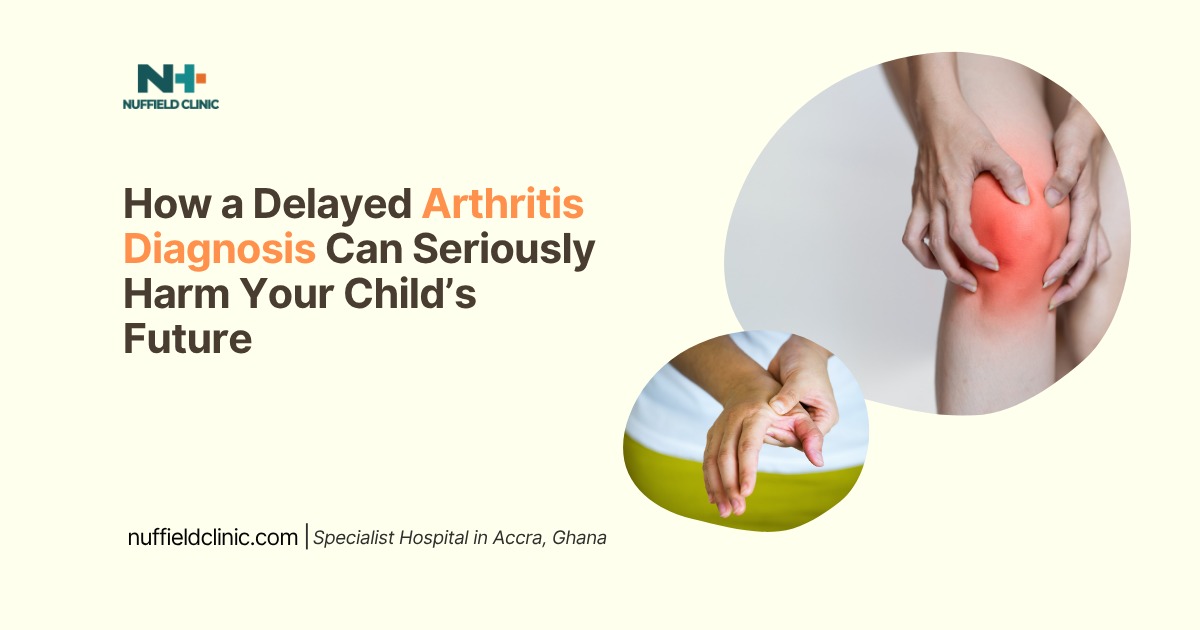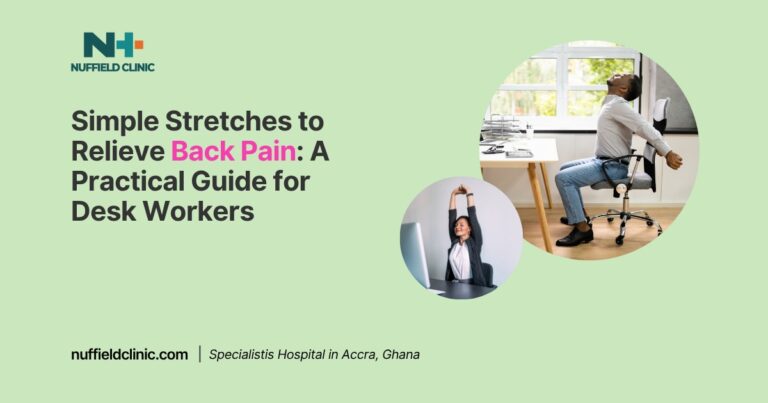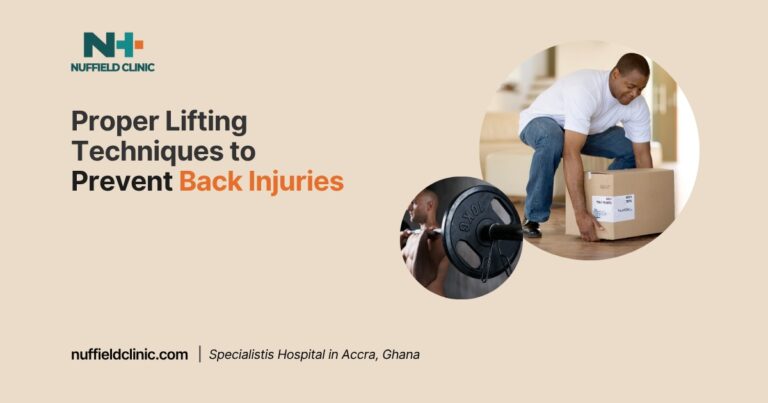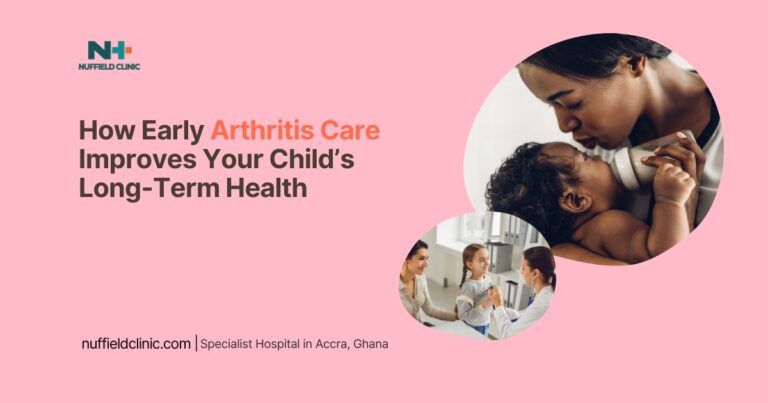How a Delayed Arthritis Diagnosis Can Seriously Harm Your Child’s Future

When a child complains of aching joints, morning stiffness, or seems unusually tired and reluctant to play, it might not immediately raise alarm. However, beneath these seemingly common childhood complaints, there could be early signs of arthritis or related joint conditions that, if left unaddressed, may lead to lasting and serious health consequences. Early recognition and diagnosis of these conditions is essential, not only for symptom relief but also to prevent irreversible damage to growing bones and joints. Timely intervention can mean the difference between an active, healthy future and one compromised by chronic pain or disability.
Septic Arthritis
Septic arthritis, a bacterial infection inside a joint, is among the most urgent orthopaedic emergencies in paediatrics. Once bacteria enter the joint space, the inflammatory response is swift and destructive. Without treatment, cartilage damage can occur within just one or two days of onset. This damage may not only limit joint function in the short term but can also disrupt blood supply to critical structures like the femoral head, the upper part of the thighbone that connects with the hip. When the growth plates are affected, the long-term consequences may include limbs that grow to different lengths or become permanently deformed.
Further complications may include osteomyelitis, a deep infection in the bone, osteonecrosis, which is the death of bone tissue due to reduced blood flow, and, in some cases, sepsis, a life-threatening body-wide response to infection. In-hospital mortality rates for septic arthritis can reach as high as 15 percent, and even in non-fatal cases, the impact on a child’s mobility may become apparent in mere hours. For children, each hour without proper treatment increases the risk of long-term complications or functional loss.
Juvenile Idiopathic Arthritis (JIA)
Juvenile Idiopathic Arthritis is the most common chronic inflammatory joint condition in children. It occurs when the immune system begins to mistakenly target healthy joint tissues. Inflammation leads to persistent swelling, stiffness, and pain. Without early medical attention, joints may develop irreversible structural damage, and the surrounding bones may grow abnormally due to the prolonged inflammation.
Uveitis, an inflammation inside the eye, is a potential complication that can silently develop alongside JIA. If this eye involvement remains undetected and untreated, the result could be permanent vision impairment or loss. Another serious outcome seen in certain types of JIA is leg length discrepancy, which occurs when the affected limb grows more rapidly due to inflammation-related increased blood flow. Over time, this can result in imbalance, altered posture, and discomfort during walking.
The stiffness and pain associated with JIA can also hinder a child’s participation in everyday play or school activities, which has implications for social development and emotional wellbeing. A diagnosis made early gives clinicians the opportunity to implement medications and physical therapy strategies that slow or halt disease progression, preserve function, and allow children to participate in their lives with greater ease.
Slipped Capital Femoral Epiphysis (SCFE)
SCFE, most common during the adolescent growth spurt, involves the slippage of the upper thighbone where it meets the hip socket. The slippage typically occurs through the growth plate and can progress subtly or suddenly. Delayed identification of this condition increases the risk of serious complications, including avascular necrosis, a process where the blood supply to the bone is cut off, leading to tissue death and eventual joint collapse.
Another complication, chondrolysis, leads to rapid degeneration of cartilage, producing long-term pain and reduced hip mobility. Over time, the abnormal contact between the deformed femoral head and the acetabulum can also result in femoroacetabular impingement (FAI), where the joint structures grind against each other during movement. This process may damage surrounding cartilage and the labrum, and often results in early osteoarthritis of the hip.
If left untreated, SCFE can eventually necessitate hip replacement surgery, sometimes decades earlier than would be expected. With early diagnosis and surgical stabilisation, however, the risks of long-term damage are significantly reduced.
Legg-Calvé-Perthes Disease (LCPD)
Legg-Calvé-Perthes Disease typically affects children between the ages of 3 and 10. It is characterised by a temporary loss of blood supply to the femoral head. As the bone weakens, it begins to collapse. If not managed properly, the hip can become misshapen during the healing process, which leads to reduced mobility and increased risk of developing hip arthritis in early adulthood.
Maintaining a spherical shape of the femoral head during recovery is critical. Children diagnosed at younger ages tend to have more favourable outcomes because their bones have a greater capacity to remodel over time. Delayed treatment, especially in older children, limits the effectiveness of non-surgical approaches and increases the likelihood of needing more complex interventions to preserve joint function.
Without adequate support, these children may experience ongoing stiffness, muscle weakness around the hip, and unequal leg lengths, all of which impact gait and activity levels well into adulthood.
Broader Consequences of Missed or Late Diagnosis
While arthritis and joint disorders are central to the discussion, other conditions that cause pain, stiffness, or fatigue in children can also be dangerous if diagnosis is delayed. Compartment syndrome, for instance, involves increased pressure within a muscle compartment and can result in nerve and muscle death unless surgical relief is provided urgently. When it is not recognised early, the outcome may include permanent functional loss or even amputation.
Similarly, malignancies such as Leukaemia can initially present with symptoms that mimic joint pain or fatigue. Delays in evaluating a child with persistent limp, unexplained fever, or weight loss may postpone critical treatment for a serious condition. The longer the underlying disease progresses, the more difficult the path to recovery becomes.
A Parent’s Role in Early Recognition
Parents are often the first to notice changes in their child’s movement, mood, or energy levels. Trusting those observations and seeking medical input when something feels out of the ordinary is a key part of protecting a child’s long-term health. A limp that persists, stiffness that recurs, or tiredness that seems unusual are not always signs of a minor issue. Early evaluation by a specialist can uncover hidden causes and begin the process of preserving joint function and mobility.
A child’s future movement, comfort, and independence depend in part on how quickly conditions like arthritis are recognised and managed. Prompt diagnosis and treatment offer the best chance to protect the growing body from long-term consequences.
If your child is experiencing unexplained joint pain, stiffness, or fatigue, book a consultation with a pediatric specialist at Nuffield Clinic today.







